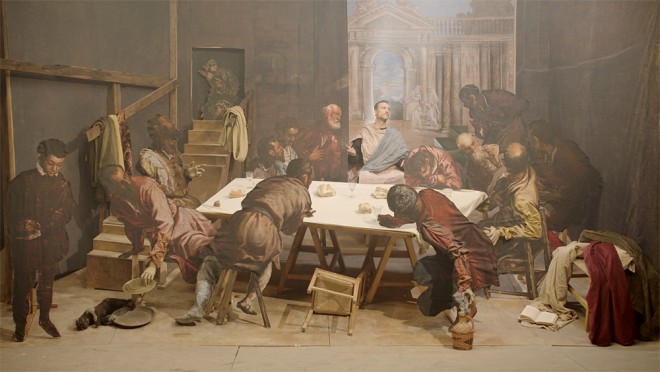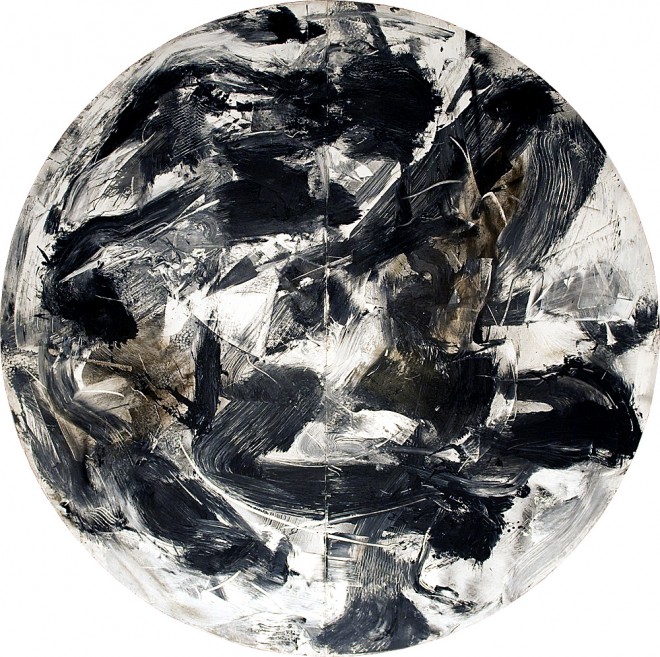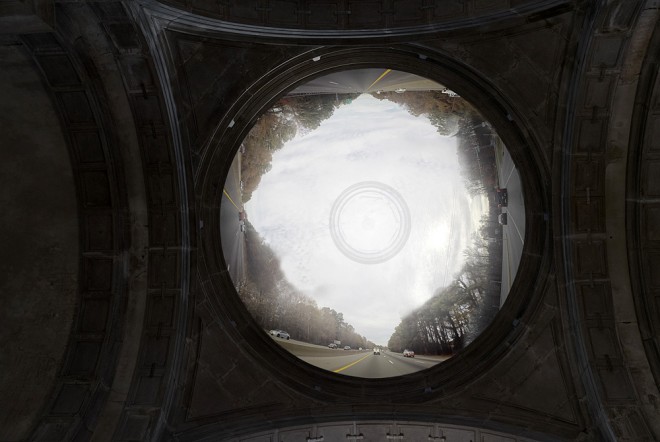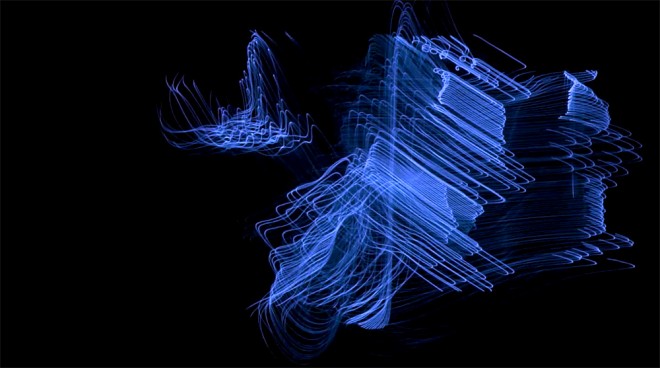Tintoretto’s Art Exhibition by The Pushkin Museum

The Venice Biennale unites contemporary artists and old masters and features famous works of art and their modern interpretations. This year, the Pushkin State Museum of Fine Arts together with Stella Art Foundation in Moscow has prepared a particular project for the 58th International Art Exhibition. It is titled “At the end dwells the beginning,” and it interprets the paintings created by Jacopo Tintoretto through modern media art techniques.
The Pushkin Museum paved its way to the Venice Biennale two years ago by presenting the exhibition called “Man as a Bird. Travel Images,” which collected artworks by fourteen artists from Russia and other countries. The museum has declared itself by creating a new direction of its work – “Pushkin XXI,” involving the display of the most innovative forms of artistic activity. It includes experimental cinema and video art and all kinds of immersive shows, implying the involvement of the viewer in the artistic process.
“At the end is the beginning” is not just the Tintoretto’s art exhibition, but a project that includes particular artworks, live performances, and excursions around the city. It also involves the organization of a special secret community in virtual reality. The central figure, around which the whole story is twisted, is the great Venetian artist Tintoretto, whose 500th anniversary is the cause of this unique exhibition.
The Tintoretto’s art exhibition venue is the Church of San Fantin located next to the Teatro La Fenice. The XVI century church has been closed for restoration for ten years. It will reopen to the public as a cultural space for the Pushkin Museum art project. The audience is presented to a specific order of viewing these art installations where Tintoretto’s artworks follow each other like the acts of a play.
It will start with a video installation titled “The Last Supper” created by Dmitry Krymov, a theater director and stage designer. Krymov took “The Last Supper” (1563-1564) from the Church of San Trovaso as its basis, setting the action in the present and combining cinema and performance. “The Last Supper” theme was represented numerous times. Thus, in 2001, a contemporary Chinese artist Zeng Fanzhi painted its version of this religious scene. Later, his masterpiece was considered one of the most expensive artworks by living artists. It is known that Tintoretto depicted this scene at least eight times.
“The Last Supper” art installation is followed by a video installation “Tintoretto. Triptych” created by the Russian artist Irina Nakhova. In this part of the project, she tries to convey the movement of Tintoretto’s painting, the dynamics of matter, the elements of the human masses and natural disasters. The artist appeals to both the early painting titled “Creation of the Animals” and “Paradise” from Doge’s Palace.
After that, the viewers of Tintoretto’s art exhibition will see the creation of the American video artist Gary Hill. Hill’s art installation called “Electric Embodiment” enters into a dialogue with one of the largest and most famous pictorial cycles created by Tintoretto for Scuola Grande di San Rocco.
At the end of the exhibition, one of the famous paintings by Tintoretto will be shown to the public. Most likely, it will be “The Origin of the Milky Way” (c. 1575). Since almost every enthusiastic art admirer keeps one of the art pieces by the Venetian artist in their significant private art collection, curators expect to get the painting from Jacopo Scarpo’s private collection.




